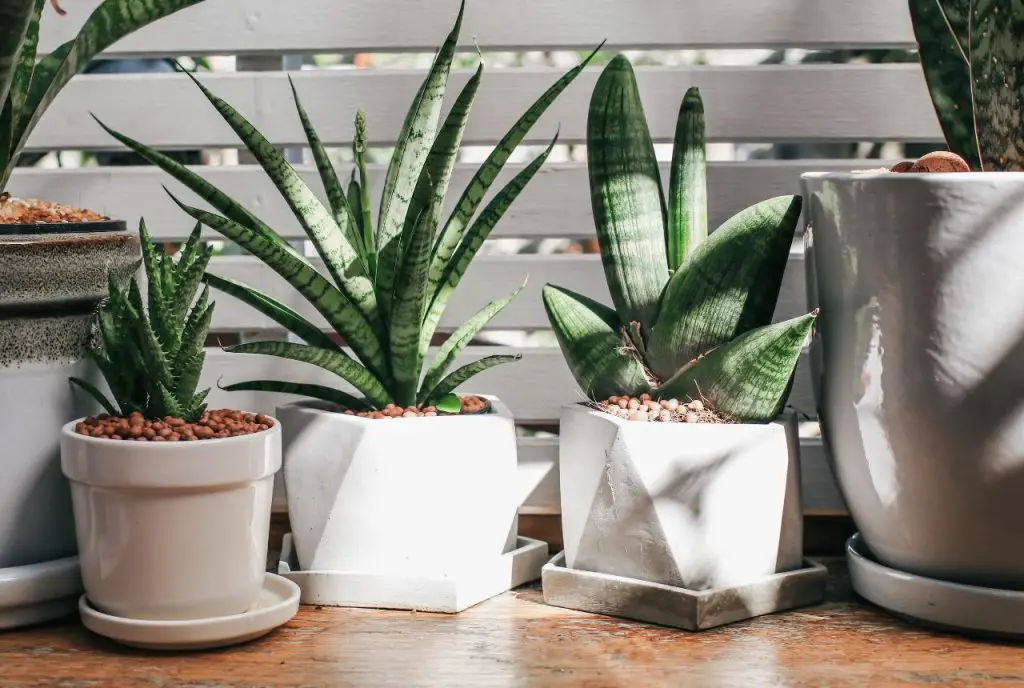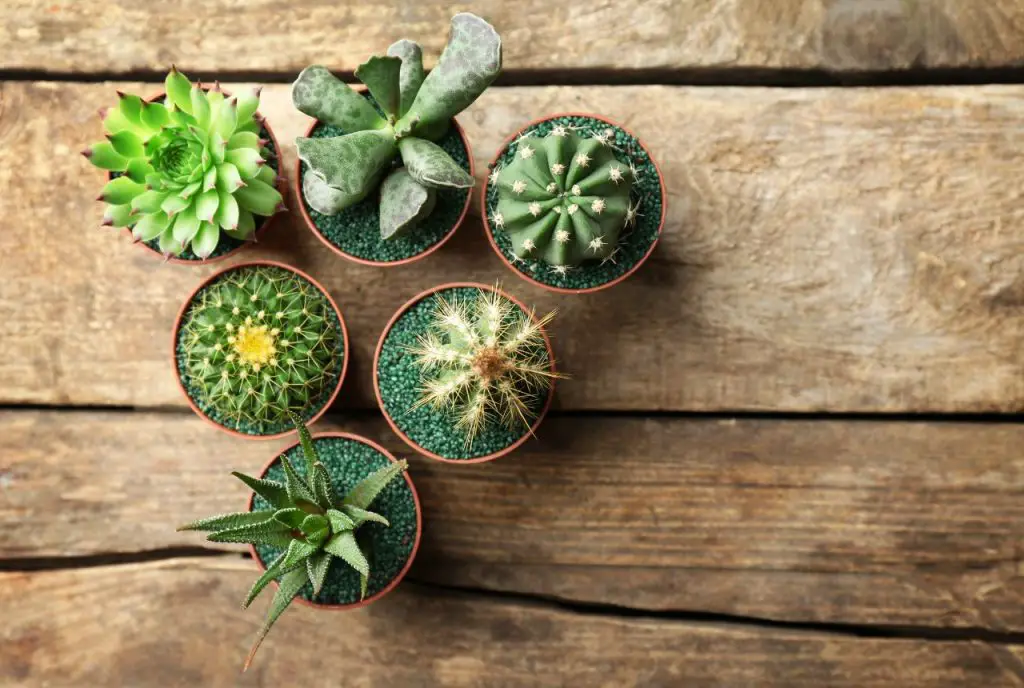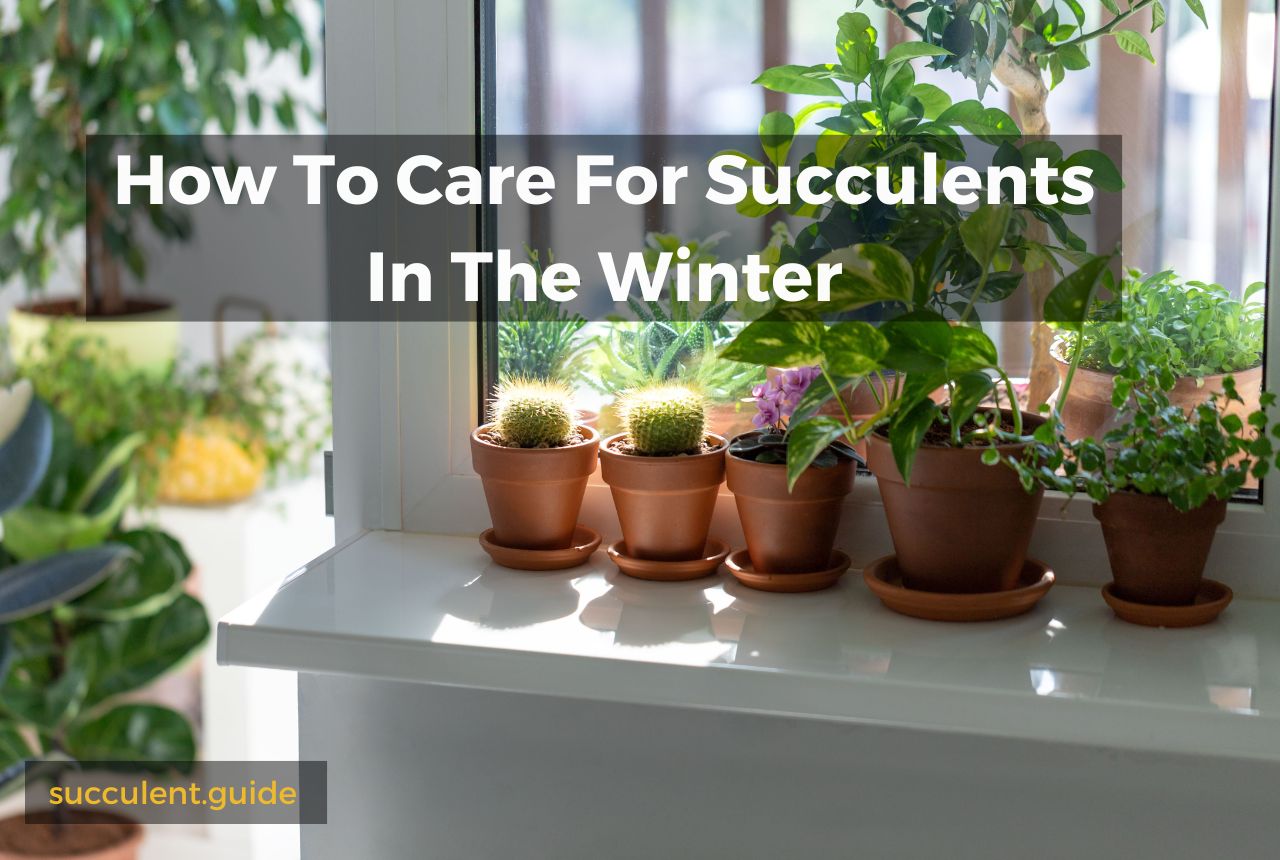Succulents are notorious for their low maintenance and drought-tolerant qualities, making them a popular choice for indoor and outdoor gardening. However, caring for succulents in the winter can be tricky as they have different needs than other plants. In this article, we will discuss some tips on how to care for succulents in the winter.
1. Keep them in a bright area
During the winter months, the daylight hours are shorter, and the sun’s intensity is weaker. Succulents need as much light as possible to thrive, so keep them in a bright area where they can receive at least six hours of sunlight per day. You can place your succulents near a south-facing window or under a grow light.

2. Limit watering
Succulents store water in their leaves and stems, which helps them survive in dry conditions. However, during the winter months, they go into a state of dormancy where they don’t need as much water as they do in the warmer months.
Note that some succulent species may not need water at all in the winter. Only water your succulents when the soil is completely dry, and be sure not to get water on the leaves, as this can cause them to rot. Overwatering can lead to root rot and other problems, so it’s best to limit watering
Others will dormancy in the summer, so winter still needs a certain amount of water. Beginners need to understand the type of succulent they are growing in order to properly care for them:
- Adromischus cristatus
- Adromischus maculatus
- Aeonium ‘Mardi Gras’
- Aeonium ‘Sunburst’
- Aloe ‘Christmas Carol’
- Senecio peregrinus
- Sedum pachyphyllum
- Pleiospilos bolusii
- Kalanchoe thyrsiflora (paddle)
- Haworthiopsis ‘Baccata’
- Graptoveria ‘Opalina’
- Crassula rupestris
- Crassula ‘Tom Thumb’
- Anacampseros telephiastrum variegata ‘Sunrise’

3. Provide adequate humidity
Winter air tends to be dry, which can lead to leaf drop and other problems for your succulents. To combat this, you can use a humidifier or place a tray of water near your plants to increase the humidity. Be sure not to get water on the leaves, as this can cause them to rot.
4. Keep them warm
Succulents are native to warm, arid regions and don’t do well in cold temperatures. So need to keep them in the container to bring into the indoor. Keep your plants away from cold drafts and keep your indoor temperature around 60-75°F (15-24°C) to ensure they stay warm and healthy.
Some of these species include:

5. Fertilize sparingly
Succulents don’t need a lot of fertilizer, only when they are actively growing do succulents require diluted fertilizer. Stop feeding when the plants become dormant and stop growing for the year, which happens when the temperatures and light levels decline.
6. Watch for pests
Winter is a time when many pests go into hiding, but you still need to be on the lookout for common succulent pests like mealybugs and spider mites. Check your succulents regularly for signs of infestation, and treat them immediately if you find any pests.
Finally, If you are worried about succulent in winter, you can choose plants that can survive the winter even if you put them outside.
Some of the popular types of cold hardy succulents to look for are:
- Sedum acre ‘Aureum’
- Sedum album
- Sempervivum Red Lion
- Sinocrassula densirosulata
- Titanopsis aloinopsis setifera
- Sempervivum ‘Mark Weller’
- Sempervivum ‘Dea’
- Opuntia Santa-Rita
- Oreocereus trollii
- Hesperaloe funifera
- Euphorbia rigida (gopher spurge)
- Aloe ‘Fire Ranch’
- Agave salmiana var. Ferox
- Agave colorata
In conclusion
Caring for succulents in the winter requires a bit of extra attention to their needs. Keep them in a bright area, limit watering, provide adequate humidity, keep them warm, fertilize sparingly, and watch for pests. Following these tips will help your succulents thrive during the colder months.

